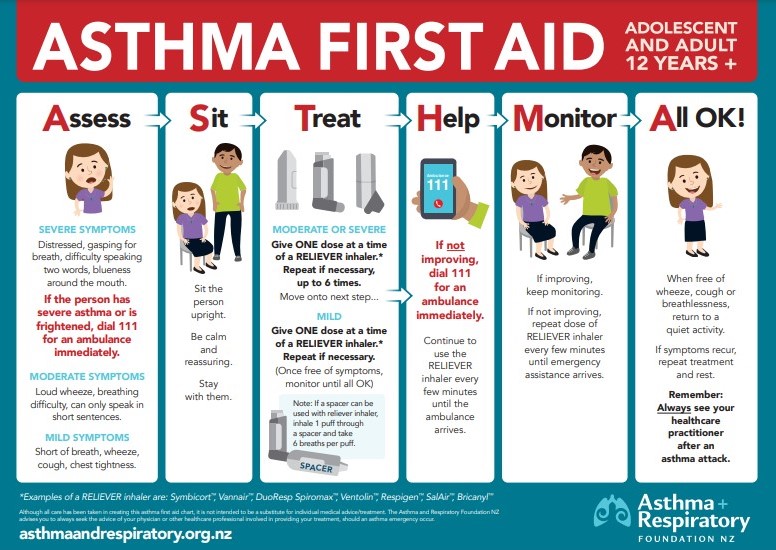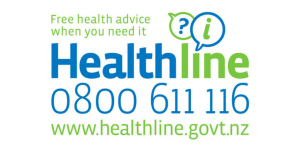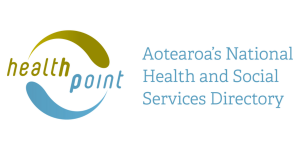Symbicort for asthma
Also called budesonide and formoterol
Key points about Symbicort for asthma
- Symbicort® is used to treat the symptoms of asthma and to prevent them from recurring.
- It is also referred to as AIR asthma therapy which is the use of an anti-inflammatory reliever (AIR) inhaler to manage your asthma.
- Symbicort is also called budesonide and formoterol.
- Learn more about Symbicort for asthma.
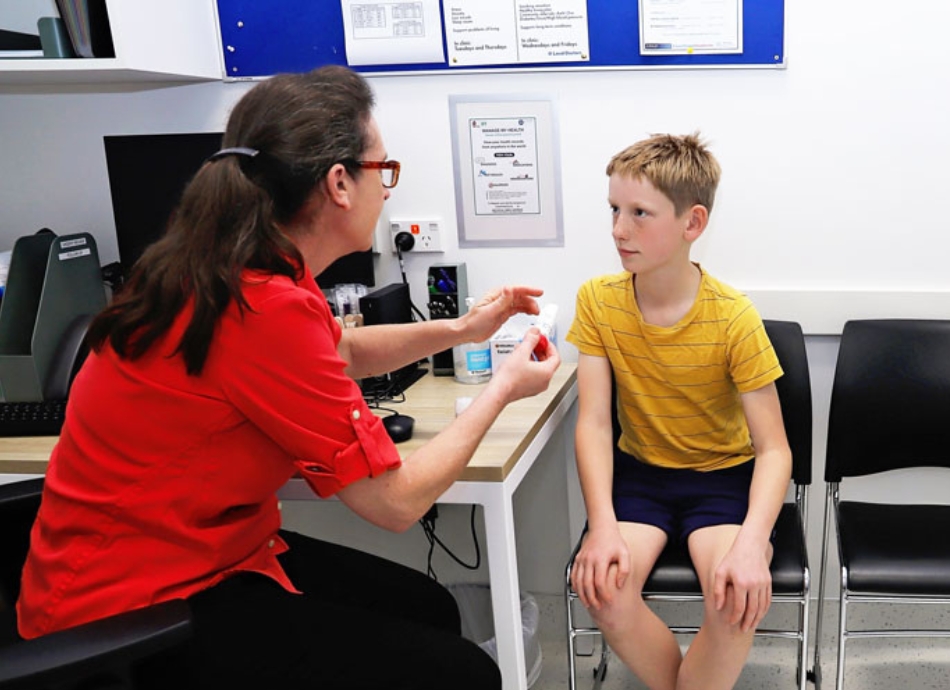
Symbicort can be used as a preventer and reliever
Symbicort is called an anti-inflammatory reliever (AIR) inhaler. It is used to treat the symptoms of asthma AND to prevent them from recurring.
- Symbicort can be used for all stages of asthma (mild, moderate or severe) and during an asthma attack.
- If you have mild symptoms, you only need to use your Symbicort inhaler occasionally, when you get asthma symptoms such as shortness of breath, wheezing, chest tightness and cough.
- If you have moderate to severe asthma, use your Symbicort regularly for the prevention of asthma and also for the relief of asthma symptoms.
- You can use your Symbicort during an asthma attack. Always carry it with you. Asthma attacks can happen anytime and may quickly get worse. Learn more about using your AIR inhaler during an asthma attack(external link).
Symbicort is a combination of 2 medicines, budesonide and formoterol, in a single inhaler.
- Budesonide is a corticosteroid that helps prevent swelling and irritation in the airways.
- Formoterol works quickly to relax and open your airways, helping you breathe more easily.
From 1 August 2025, you can receive 3 months' supply of your inhaler all at once, so you won’t need to pick it up from the pharmacy every month.
In Aotearoa New Zealand, Symbicort is a dry powder inhaler that comes in different strengths: Symbicort 100/6, Symbicort 200/6 and Symbicort 400/12.
As a reliever
- Symbicort 100/6 or Symbicort 200/6: Use 1 inhalation when needed for shortness of breath.
- You can repeat as required, up to a maximum of 12 inhalations in 1 day.
- If you need to take more and more doses each day, see your healthcare provider to assess your treatment.
- A reliever treats the immediate symptoms of asthma such as tightened airways. It starts to work in a few minutes.
Note: The high dose 400/12 mcg strength Symbicort can't be used as a reliever.
As a preventer
The dose of Symbicort will be different for different people depending on the severity of your symptoms and the strength of your inhaler.
- Symbicort 100/6 or Symbicort 200/6: The usual dose is 1 to 2 inhalations every day, once or twice daily; maximum 4 inhalations daily.
- Symbicort 400/12: 1 inhalation once or twice daily; maximum 2 inhalations daily.
- Remember to keep using Symbicort even if you feel well.
Follow your AIR asthma action plan to help manage your symptoms
To help manage your asthma each day, use your AIR action plan. This a written plan that tells you how to recognise and cope with worsening symptoms. Fill this in with your healthcare provider.
AIR Asthma Action Plan for Turbuhaler: English, (external link)Te reo Māori, (external link)Samoan, (external link)Tongan, (external link)Simplified Chinese(external link)
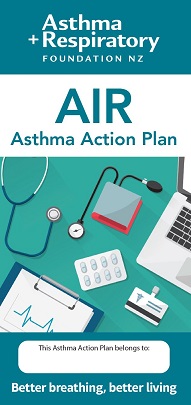
The action plans come from the Asthma and Respiratory Foundation of New Zealand.
To get the most benefit, it's important to use the correct technique. Ask your healthcare provider to show you how to use a Turbuhaler® device. Even if you've been shown before, ask your healthcare provider to explain how to use a Turbuhaler if you still have any questions.
- The video and diagram below provides some guidance on how to use a Turbuhaler device. The Turbuhaler is the name of the device. There are different Turbuhalers available with different names depending on the medicines inside the device.
- Your Turbuhaler may be a different colour to the one in the video below. It's important to know the name and colour of your Turbuhaler. Read more about understanding your medicines.
Video: How to use a Turbuhaler device
(Healthify He Puna Waiora & Auckland District Health Board, NZ, 2018)
Here are some things to know when you're using Symbicort. Other things may be important as well, so ask your healthcare provider what you should know about.
- Rinse your mouth after each use: Symbicort can cause a sore throat and hoarse voice. Rinse your mouth after each use to prevent this.
- Cleaning: Wipe the mouthpiece with a clean dry tissue regularly, at least once a week. Don't use water or liquids when cleaning the mouthpiece or any part of the Symbicort Turbuhaler.
- Storage: Keep your Symbicort in a cool, dry place with the cap on. Don't store it in the bathroom or near a sink. The Turbuhaler may clog up if you breathe out through it, dribble into it or keep it in a place where there is high humidity (moisture in the air) with the cap off.
- Symbicort has a dose indicator: Your Turbuhaler has a dose indicator window just below the mouthpiece; when you see red in the window it is time to get a new Turbuhaler.
- Symbicort Turbuhaler is available in different strengths: Ask your healthcare provider or pharmacist which strength you're taking. If your inhaler looks different to what you were expecting, ask your pharmacist about this.
- Keep track of your symptoms: Your healthcare provider will ask you about the number of exacerbations (flare ups) you have. Make a note of these so you can discuss your AIR Asthma Action Plan with them.
Like all medicines, Symbicort can cause side effects, although not everyone gets them. If you're concerned about any symptoms you think might be related to your medicine, talk to your healthcare provider. The following information offers some guidance but doesn't include all possible side effects.
Common side effects
Tell your healthcare provider if they bother you.
- Change in voice (hoarse voice), different taste in your mouth: Rinse your mouth after each use.
- Dry mouth or throat, cough.
- Feeling shaky, nervousness, have a tremor.
- Headache.
- Muscle cramps.
- Problems sleeping.
Tell your healthcare provider
- Signs of oral thrush (a fungal infection in your mouth) such as a very sore tongue, throat or mouth, with white sores on your tongue or in your mouth.
Tell your healthcare provider immediately or phone Healthline free on 0800 611 116 if these occur
- Changes in your heartbeat (faster), chest pain.
- Sudden changes in mood.
- Blurred vision or changes to your eyesight.
Read more about medicines and side effects and reporting a reaction you think might be a side effect.
Budesonide and formoterol(external link) NZ Formulary Patient Information
Symbicort(external link) Medsafe Consumer Information Sheets, NZ
Brochures
AIR asthma action plan(external link) Asthma and Respiratory Foundation, NZ English(external link), te reo Māori(external link), Samoan(external link), Simplified Chinese(external link)
Child asthma symptom diary(external link) Asthma and Respiratory Foundation, NZ, 2022 English(external link), te reo Māori(external link), Samoan(external link), Tongan(external link)
Asthma – First aid poster(external link) Asthma and Respiratory Foundation NZ, 2021 English(external link), Māori(external link)
5 questions to ask about your medications(external link) Health Quality and Safety Commission, NZ English(external link), te reo Māori(external link)
References
- Budesonide + formoterol(external link) NZ Formulary
Brochure

AIR asthma action plan
Asthma and Respiratory Foundation, NZ
English, te reo Māori, Samoan, Simplified Chinese

Asthma and Respiratory Foundation, NZ, 2022
English, te reo Māori, Samoan, Tongan
Credits: Sandra Ponen, Pharmacist, Healthify He Puna Waiora. Healthify is brought to you by Health Navigator Charitable Trust.
Reviewed by: Angela Lambie, Pharmacist, Auckland
Last reviewed:
Page last updated:


